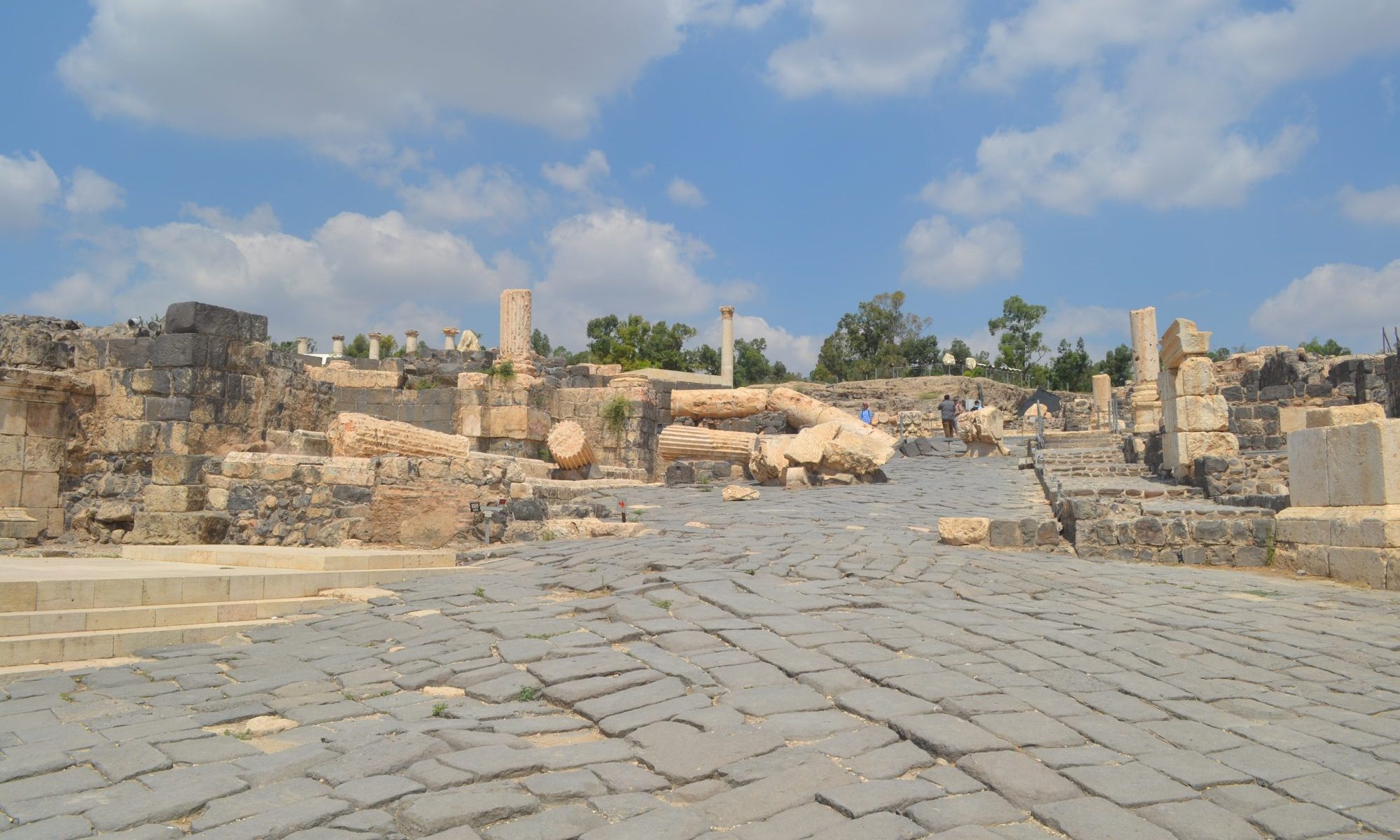My research dealing with objects related to pilgrimage, magic, and late antique piety has shaped how I read fiction. In my last post, I commented on the role of objects, in particular Frank Frink’s creation of American art, in the book and film adaptation of Man in the High Castle. This week, I finished reading Orhan Pamuk’s A Strangeness in My Mind, which follows Mevlut from his Turkish village to Istanbul in a saga stretching from the 1960s into the 2000s. The tale is told by a cast of first person narrators and occasionally an omniscient third person. The entries for each narrator are short, typically one to three paragraphs, and occasionally a few pages. Through their collective eyes, we see the sympathetic protagonist Mevlut arrive in Istanbul as an adolescent, build a squatter’s home in Istanbul with his father and other relatives, begin selling yogurt in the day and boza at night, try to finish school and fail, do his army service, court an older sister through letters when he believes he is courting the younger one, elope with the older sister, realize his mistake, marry the older sister anyway, start a family and raise two daughters, sell rice and chicken from a food cart, lose his cart, oversee a kebab restaurant, lose his job when he fails to report an employee scam, open a boza shop with his childhood friend, see the shop closed because of forces beyond his control, work as a parking lot attendant, quit after his wife dies in a home abortion, begin working with the same childhood friend as an electrical inspector, lose that job after the same friend is murdered, marry his childhood friend’s widow (who is also the younger sister of his wife whom he thought he was writing letters to years ago), see his daughters married, and see his childhood squatter’s home purchased for a large sum of money and turned into a high-rise apartment, in one of which he and his (second) wife will live before relocating to be further from their extended family. As should be obvious, the story of the humble Mevlut is epic in length and scale.
A constant if Mevlut’s life is his love for the streets of Istanbul and his constant desire to walk the streets selling boza, a mildly alcoholic drink make from cereals. Pamuk’s descriptions of the objects associated with Mevlut’s making and selling of boza, as well as his food cart, the furnishings of his squatter’s house and his later apartments, and other objects and spaces are where the book really shines, and such details unify an intentionally fractured narrative and not-enterirely-honest narrators. Pamuk has focused on the relationship between memory, narrative, and everyday objects in other works — most notably Museum of Innocence, which has small museum in Istanbul where objects from the book are displayed, and perhaps my favorite Pamuk work, The New Life, which vividly describes nostalgia for the commercial objects of one’s childhood and lost cityscapes.
The pole that Mevlut uses to carry yogurt and boza trays across his back is introduced early in the book, and through all the vicissitudes of Mevlut’s life, this object is a constant presence, even as friends, a spouse, his childhood home, and daughters are all lost or change. His journey with the pole and the objects it carries becomes a meditation for Mevlut until he can finally realize the continuity between his inner life and the streets and public life of the city.
Other, minor objects receive just enough mention to evoke their presence and make their significance to the story felt. The glasses that are constantly being washed at the boza shop are tangible and their presence — demanding filling and washing. Mevlut’s food cart provides a livelihood for his family and his family surrounds it with their efforts to make his (not very profitable) enterprise a success. The cart was an object around which the family gathered, chained safely to a tree at night in the courtyard. When it is stolen, Mevlut cannot choose another, even when a replacement is offered to him.
I cannot hope to do justice to the range of objects and material spaces that operate in the story, and obviously there are other aspects of the book that are worthy of praise and comment. However, in this short note, I want to point out that the humble objects associated with Mevlut’s work and the way those everyday objects can summon connections to his family and Istanbul that have stuck with me after finishing the book. I can still see Mevlut’s cart chained up to a tree and see the cups that his wife and sister in law washed in the back of the boza shop. I can still see the swept-dirt floor and table of the house his father built. Such objects and spaces render sensible the imagined lives and voices of his story.
